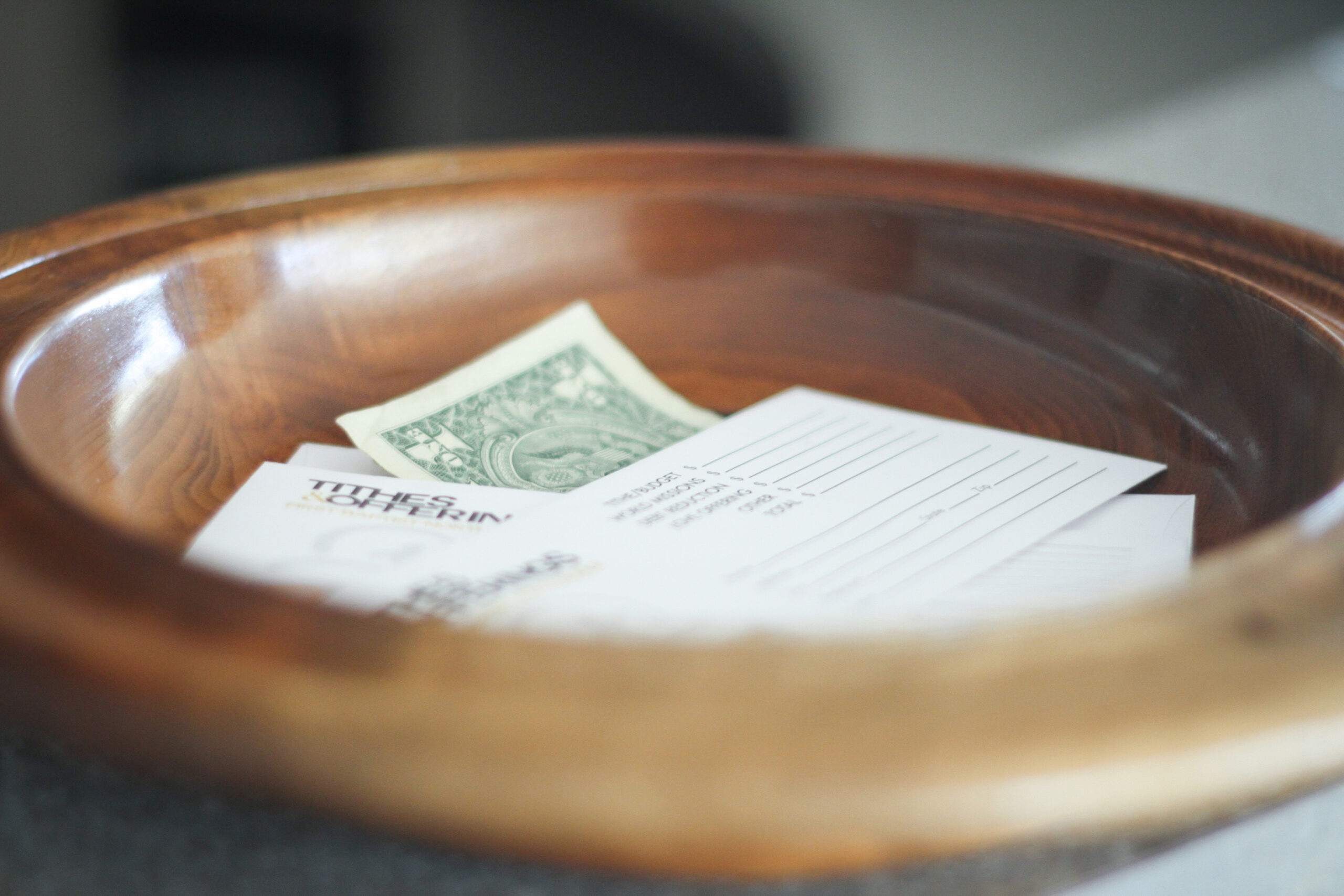Our best givers in our churches usually are generous supporters of other organizations, too. The difficult truth is that those other charitable causes often do a better job of thanking and engaging their donors than we do in the church. But it’s something we can change.
In this series, we’ve used the best practice development concepts of The Four-Part Cycle of Donor Engagement to discover new ways to engage church donors. We’ve looked at how to get the best of your church staff and volunteer leadership to steward donors in each of the phases.
In this four-part cycle, the donor is always at the center, which helps us ensure an effective and fulfilling donor experience. It includes (1) acknowledgment, (2) trust-building, (3) presenting the case for support, and (4) the ask. The sequence is important.
In the last blog, we talked about preparing our case for support. That appeal should always include four essential components. A problem, a solution, a strategy, and an invitation to partnership to solve the problem. This is true whether our ask is a personal one of a major donor or a broad appeal during our stewardship drive.
In a broad appeal, the invitation to be a partner in the solution needs to be very clear. It should show the giver how he or she can play a role in solving the problem you’ve presented and how they can be a partner in your church’s mission and ministry. Be as specific as you can. Again, this is where churches can learn from charitable causes that give donors “dollar handles” – or specific gift amounts that speak to what giving at that level helps accomplish. These help givers visualize the kind of impact they have with a pledge or commitment. It could be as simple as statements like: “It takes 10 members giving $1500 annually to support the salary of our part-time youth pastor. It takes 20 members giving $100 a month to fund the costs of our worship music, instruments, and sound system.”
Pastors, when making a personal ask of a donor or asking for a lead gift, here are some tips for that conversation. After you have acknowledged and affirmed your donor, built trust, and presented your case for support, it is time for the ask! Here is an example of language to use when it seems like the right time to transition from presentation to ask: ‘Susan, based on the information I’ve shared with you here, do you have any concerns about this project? Any questions I could answer? No? Would this be a good time to share with you what we’re going to need financially? This is a $55,000 project. We’re looking for three donors of $10,000 or more. Would you be willing to take one of those positions, to be one of those partners?’
If you’re unsure about the specific dollar amount that a donor might give — let the donor see the total need. And let the donor set the bar: ‘Here’s the project, here’s what we’re trying to do. It’s going to cost $250,000. We’ll need a donor to give $50,000, and four donors to give $25,000. We’ll then need ten donors to give $10,000 each. I’m excited you have a vision for this. Where would you see yourself in this project? Do you see yourself as the top donor? Or somewhere else on the chart?’ The donor will probably set his or her own bar by mentioning an amount.
Consider these phrases, statements, and questions as part of your personal lexicon of donor relationships. Especially when dealing one-on-one with a potential major donor. Not sure about the donor’s possible receptivity to the ask: ‘Does anybody in your circle of influence come to mind who might be interested in a project like this?’ (If the donor is ‘with’ you and willing to recommend other members, he is probably ready to donate himself. If not, maybe you need to go back to trust-building, or the presentation of the case. The answer to this question defines where the donor is on his or her personal journey.)
Always keep in mind the long-term goal of authentic, trust-filled relationships with your givers. Some will be passionate about a project and others will not. Let the donor – and God – lead you to where donor passions intersect with ministry needs. I encourage pastors and their staffs to read and then revisit theologian Henri Nouwen’s masterful work, The Spirituality of Fundraising. It’s a short read and beautifully written reminder of the Biblical calling that fundraising is ministry. One that brings those who have funds and those who need them into sacred communion.

Effective Donor Engagement for Churches
No matter where you find yourself as a church in this season – from planning a capital campaign to thanking annual pledge donors – the hands-on, simple tools in this guide will help you and your staff effectively acknowledge and engage your best givers.
Tim Smith has over 30 years of experience in Church, Non-Profit Administration, Management, and Fund Development. Serving as an Executive Pastor and Chief Development Officer in growing Churches and Non-Profit Organizations has provided a wide range of expertise and resources. Tim serves as Founder and CEO for Non-Profit DNA. His boutique firm is committed to helping nonprofits and churches build their capacity. By using fundraising, leadership, team building, staff recruiting, and coaching.




